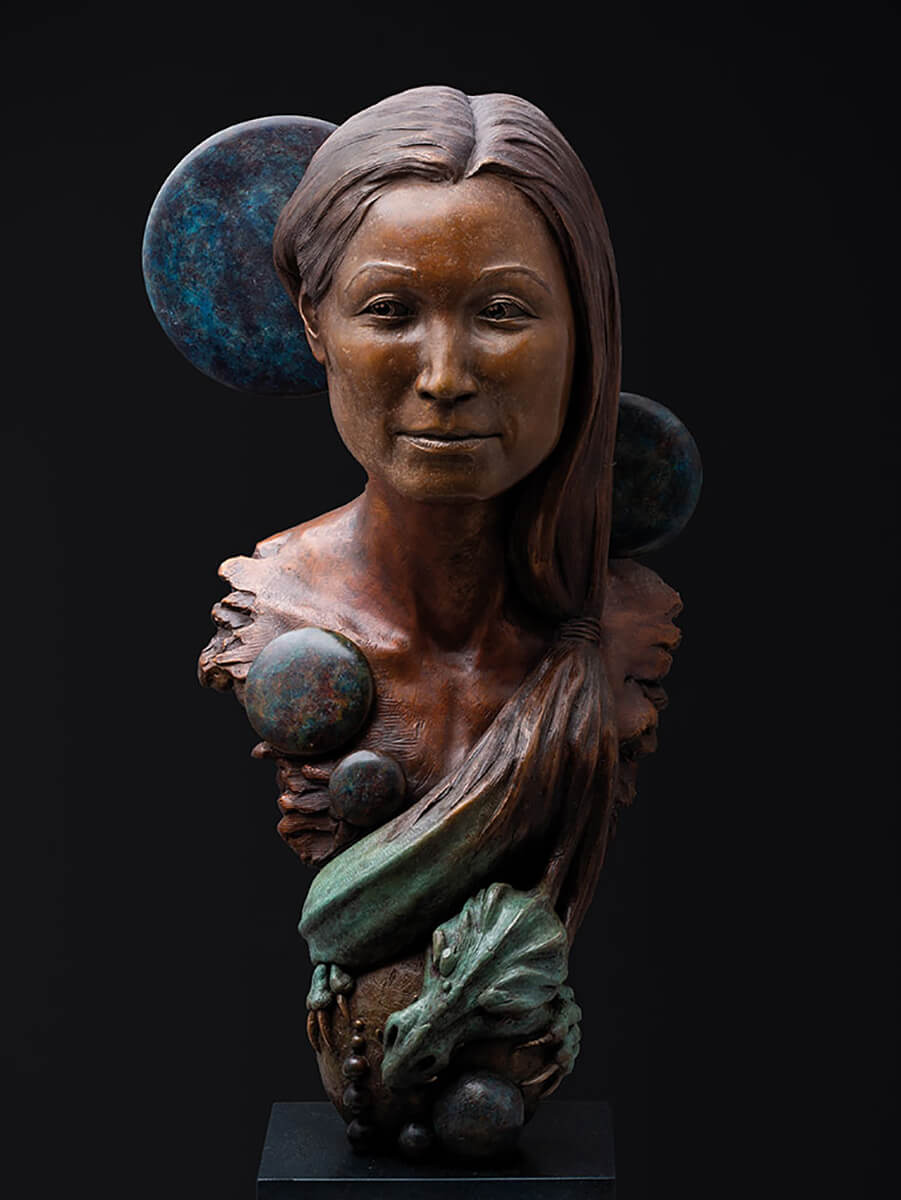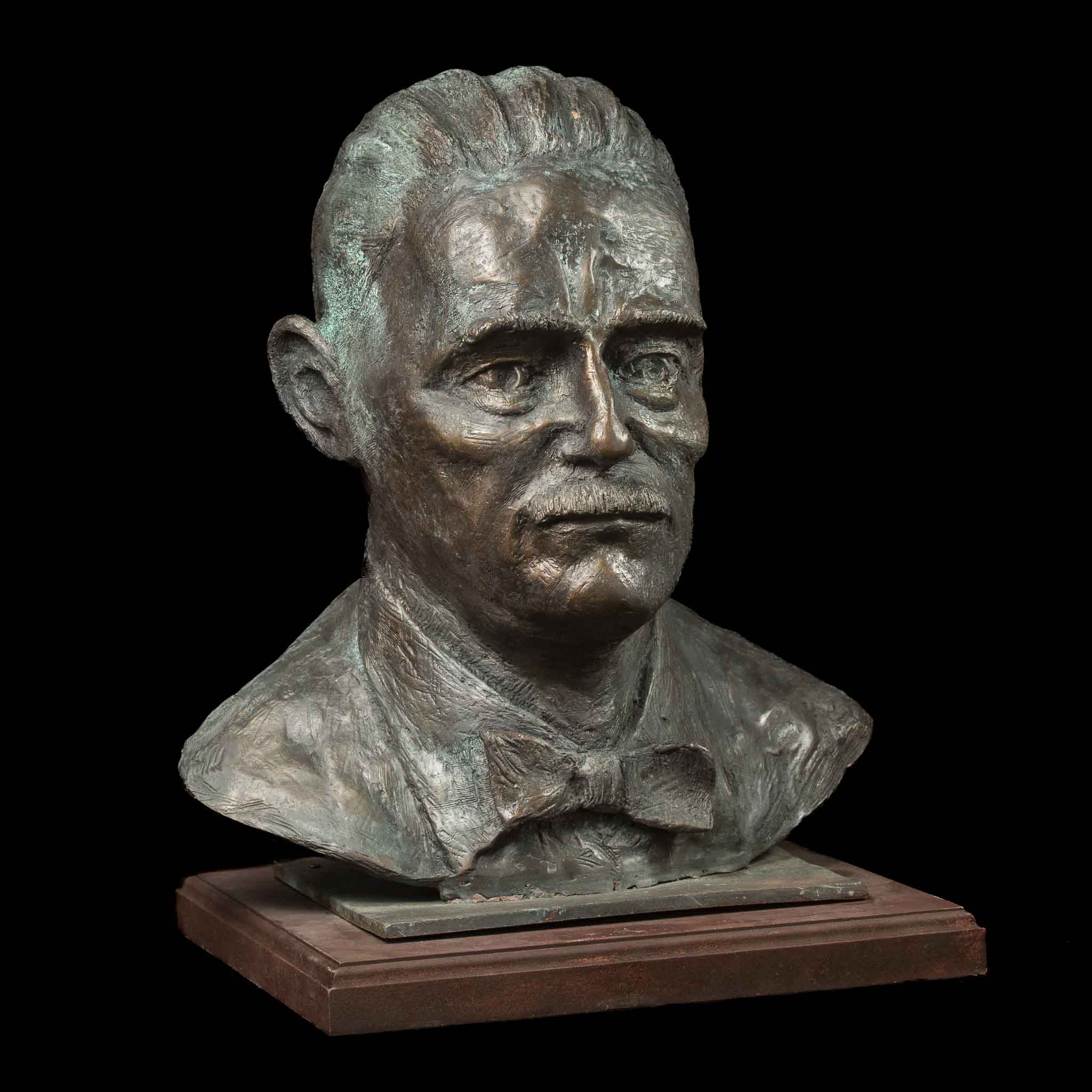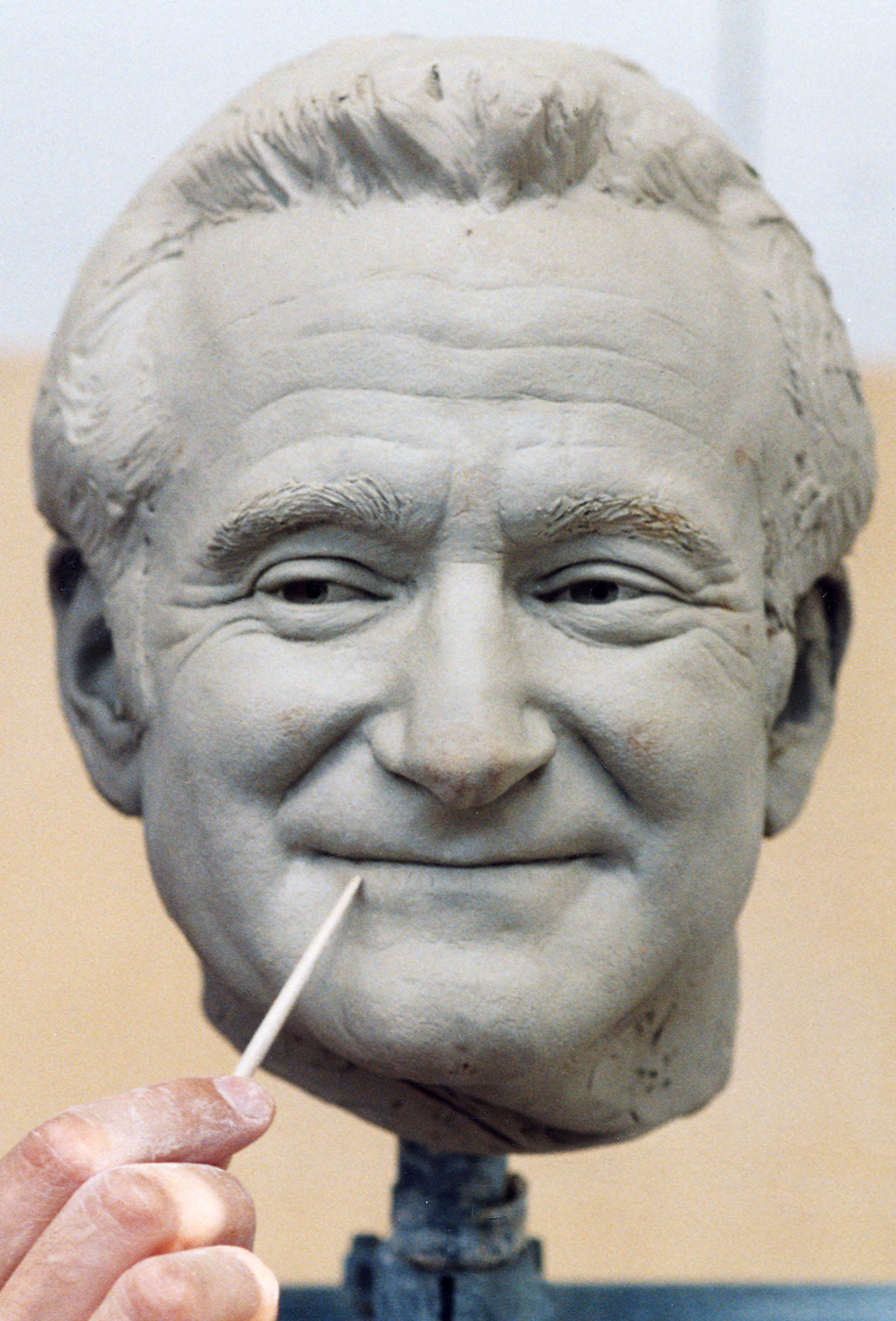Eternal Beauty in Bronze: Introducing the Art of Bronze Sculptures
Wiki Article
Forming the Human Kind: Representations of the Body in Sculpture
Shaping the Human Kind: Representations of the Body in Sculpture is a detailed exploration of the creative depiction of the human body throughout background. From the splendid marble sculptures of old Greece to the intricate masterpieces of the Renaissance, from the luxuriant and flamboyant Baroque and Rococo sculptures to the progressive and abstract expressions of modern-day and contemporary sculpture, this exhibition provides a fascinating trip via the advancement of this classic art form.Ancient Greek Sculptures

One of the defining features of Old Greek sculptures is their emphasis on symmetry. Each part of the body is thoroughly crafted to be in percentage to the entire, developing a sense of balance and harmony. The carvers paid cautious interest to every information, from the positioning of muscular tissues to the positioning of arm or legs, making certain that each figure appeared both graceful and powerful.
Instead than depicting the flaws and imperfections of the human form, they sought to produce an idyllic version of reality. The sculptures commonly portrayed sirens, professional athletes, and gods, with their bodies sculpted to perfection.
Renaissance Masterpieces
Continuing the expedition of the representation of the human kind in sculpture, Renaissance work of arts further refine the idealized idea of appeal, structure upon the unified and balanced percentages of their Old Greek precursors. Throughout the Renaissance duration, which extended from the 14th to the 17th century in Europe, musicians looked for to revitalize the timeless perfects of old Greece and Rome. They researched and copied the jobs of the old masters, pursuing a practical depiction of the body.
His work of art, the sculpture of David, exemplifies the perfection and poise that ended up being associated with Renaissance art. Standing at over 17 feet tall, the sculpture represents the scriptural hero in a state of calmness before his fight with Goliath.
One more noteworthy Renaissance sculptor was Donatello. His sculpture of Saint George, developed in the very early 15th century, showcases the artist's capacity to share stamina and nobility via the human type. The statue shows the epic dragon-slaying saint in a poised and certain stance, radiating a sense of heroism.
Renaissance work of arts not only celebrated the physical appeal of the human body however likewise conveyed deeper emotions and meanings. With their precise attention to information and competent craftsmanship, Renaissance carvers elevated the art of sculpture to brand-new heights, leaving an enduring legacy that remains to inspire musicians to this day.
Rococo and baroque Sculpture
Baroque and Rococo sculpture exhibits the ornate and elegant representation of the human type throughout the 17th and 18th centuries. Characterized by its significant and dynamic style, Baroque sculpture aimed to astound viewers with its majesty and emotional strength. Musicians such as Gian Lorenzo Bernini and Alessandro Algardi created sculptures that communicated activity, frequently illustrating numbers in dramatic presents. Making use of light and shadow even more improved the feeling of drama, creating a theatrical result.
Rococo sculpture, on the various other hand, became a reaction to the grandiosity of Robert C Hitchcock Sculptor the Baroque period. It embraced a more lively and delicate technique, concentrating on attractive information and detailed layouts. François Boucher and Jean-Baptiste Pigalle projected Rococo sculptors who crafted works characterized by their elegance and charm. They often portrayed figures in elegant and sensuous presents, showing the easy going and whimsical nature of the Rococo style.
Both Baroque and Rococo sculpture placed a great focus on the human type, celebrating its beauty and sharing a variety of emotions - Contemporary Sculptures. Whether it was the dynamic and powerful figures of the Baroque or the graceful and captivating figures of the Rococo, these sculptures captured the significance of the human experience, leaving an enduring influence on the art globe
Modern and Contemporary Sculpture
The advancement of shaping the human kind proceeds in contemporary and modern-day sculpture. With the development of new products and techniques, artists have actually pushed the borders of representation, testing standard notions of kind and charm. Modern sculpture arised in the late 19th century as a reaction to the transforming political and social landscape. Musicians such as Auguste Rodin and Constantin Brancusi sought to record the essence of the human kind, highlighting feeling and movement. Rodin's "The Thinker" and Brancusi's "Bird in Room" are renowned instances of this period.In the 20th century, the increase of abstraction and theoretical art brought brand-new opportunities for sculptors. Artists like Henry Moore and Barbara Hepworth checked out the partnership in between type and space, creating organic and abstracted figures that challenged conventional ideas of representation. Moore's significant bronze sculptures and Hepworth's carved stone works are celebrated for their innovative use materials and their capability to stimulate a feeling of the body in a non-literal means.
Contemporary sculpture proceeds to push the boundaries of representation and explore new materials and methods. Artists like Antony Gormley and Ron Mueck produce hyper-realistic sculptures that challenge our understanding of the human body, while others, such as Louise Bourgeois and Kiki Smith, utilize the body as a metaphor for collective and personal experiences. The human form remains a powerful subject in sculpture, providing a platform for musicians to discover identification, feeling, and the human problem.
Social Point Of Views on the Human Body

In the exploration of sculpting the human kind, the assessment of cultural perspectives on the body discloses a rich and diverse tapestry of depictions and interpretations. Throughout background, various cultures have held one-of-a-kind ideas and values regarding the body, resulting in distinct creative expressions - Robert C Hitchcock Sculptor. These cultural perspectives shape the method the body is shown and perceived in sculpture, reflecting societal norms, religious beliefs, and aesthetic suitables
For circumstances, old Greek sculptures commemorated the idealized human form, emphasizing physical beauty and athleticism. In comparison, old Egyptian sculptures focused on the preservation of the body in the afterlife, showing numbers with idyllic functions and rigid postures.
In a similar way, cultural perspectives on the body in African art usually stress common identity and spiritual ideas (Contemporary Sculptures). Sculptures from different African cultures show the body with exaggerated attributes, representing cultural worths and ancestral links. Aboriginal cultures in the Americas additionally have special perspectives on the body, typically portraying it in a spiritual context and stressing the connection in between people and nature
The examination of social perspectives on the human body in sculpture permits us to acquire understanding into the worths, beliefs, and aesthetics of different cultures throughout history. It highlights the variety of human experiences and the ways in which art mirrors and shapes our understanding of the human type.

Conclusion
Finally, the portrayal of the human body in sculpture has actually developed over time, mirroring different creative movements and social perspectives. From the idyllic figures of Old Greek sculptures to the reasonable and stirring Renaissance work of arts, and the intricate information of Baroque and Rococo sculptures, to the abstract and experimental kinds of modern and modern sculpture. The body has been a topic of fascination and imaginative exploration throughout background, showcasing the diverse interpretations and expressions of the human type.Sculpting the Human Kind: Representations of the Body in Sculpture is an extensive exploration of the imaginative depiction of the human body throughout history. From the splendid marble sculptures of ancient Greece to the complex work of arts of the Renaissance, from the flamboyant and ornate Baroque and Rococo sculptures to the avant-garde and abstract expressions of contemporary and modern sculpture, this exhibition uses a captivating journey with the advancement of this timeless art type. Musicians like Antony Gormley and Ron Mueck create hyper-realistic sculptures that challenge our assumption of the human body, while others, such as Louise Bourgeois and Kiki Smith, make use of the body as a metaphor for cumulative and personal experiences. The human form stays an effective topic in sculpture, providing a platform for musicians to discover identification, emotion, and the human condition.
From the idealized figures of Old Greek sculptures to the emotive and reasonable Renaissance masterpieces, and the complex information of Baroque and Rococo sculptures, to the abstract and speculative kinds of modern and contemporary sculpture.
Report this wiki page